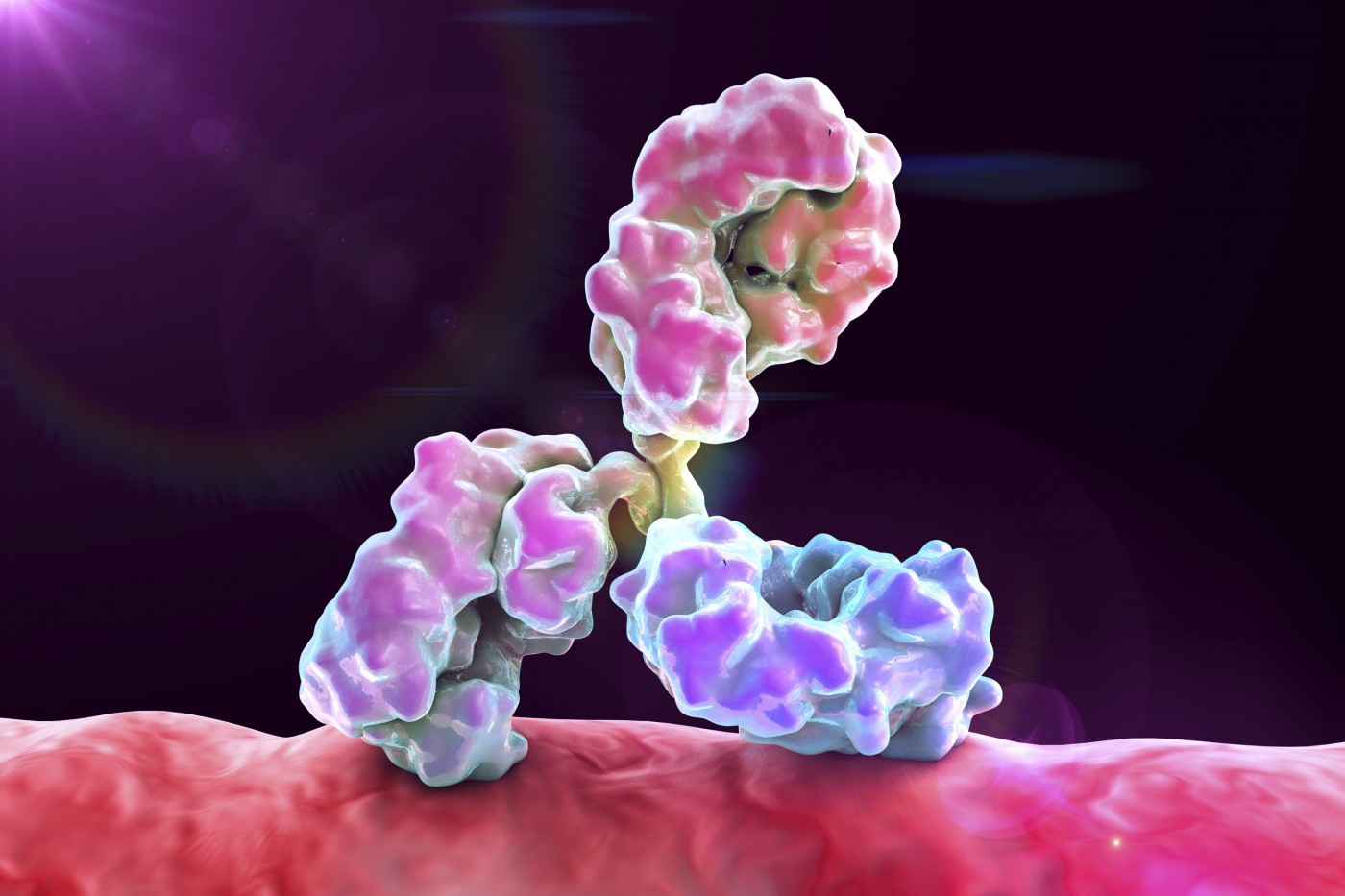Small Molecule Increases Glucocerebrosidase Activity, May Be Gaucher Therapy

A potent small molecule called JZ-4109 increases the activity of glucocerebrosidase — the enzyme that is deficient in Gaucher disease — making it a potential new therapy for this disease, according to a recent study.
The study, “β-Glucocerebrosidase modulators promote dimerization of β-glucocerebrosidase and reveal an allosteric binding site,” was published in the Journal of The American Chemical Society.
Gaucher disease is caused by mutations in the GBA1 gene, leading to a reduced activity of the lysosomal enzyme glucocerebrosidase (GCase). Glucocerebrosidase breaks down a specific type of lipid molecules — called glucocerebroside — and mutations in the GBA1 gene often lead to the build-up of these lipid molecules.
These mutations result in the production of an enzyme with abnormal and unstable 3D structures — misfolded enzyme — with reduced activity. Besides GCase deficiency, specific cellular stress triggered by the presence and accumulation of misfolded GCase is thought to contribute to the development of Gaucher disease.
A new therapeutic alternative is the development of small compounds, called pharmacological chaperones, which were shown to facilitate the correct structure and stabilization of GCase, overcoming the accumulation of glucocerebroside and the toxic effect of the mutant GCase.
Recently, researchers found a new class of small molecules with chaperone activity that selectively stabilize GCase and increase GCase enzyme levels and activity in cells from patients with Gaucher disease type 1.
However, it is not known exactly how they function, which delays further efforts to develop new therapies related to GCase modulation.
Now, the researchers examined how these small molecules affect GCase enzyme activity and levels.
Among the small molecules found in their previous study, JZ-4109 had the most potent activity. It significantly increased the GCase levels and activity in cells from healthy donors and from patients with Gaucher type 1.
“These cellular experiments support the promising effect of modulator JZ-4109 on cellular GCase activity and drug discovery,” researchers wrote.
Further experiments revealed that JZ-4109 induced GCase dimer formation — when two GCase are bound together — which was strongly associated with increased GCase enzyme activity.
JZ-4109’s binding site was located between the two GCase enzymes, supporting the notion that the compound stabilizes the GCase dimer form.
“Our newly discovered allosteric [enzyme regulator] site and observed GCase dimerization provide a new mechanistic insight into GCase and … facilitate the rational design of novel GCase modulators for Gaucher’s disease,” the team concluded.
Since mutations in the GBA1 gene have been associated with Parkinson’s disease, this therapy also may represent a viable therapy for Parkinson’s.



